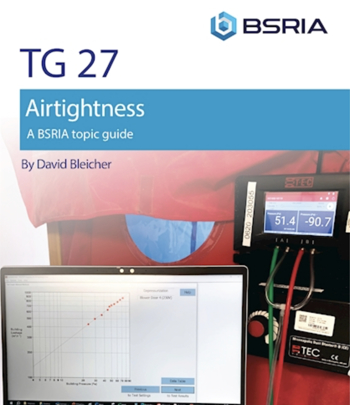Tree hazard survey
Contents |
[edit] Introduction
Landowners have an obligation to ensure that hazardous trees are properly managed using pro-active systems. This is a legal requirement as poorly managed trees can harm people and cause damage to property.
[edit] Laws concerning tree management
A number of UK laws require landowners to routinely inspect and manage the trees on their property:
- Health & Safety at Work Act 1974 s 2 & 3.
- Occupier's Liability Act 1957.
- Occupier's Liability Act 1984.
- Management of Health and Safety at Work Regulations 1999.
In additions, legal precedent has been established by:
- Donoghue v. Stevenson 1932.
- Noble v. Harrison 1926.
- Chapman v. Barking & Dagenham London Borough Council 1997.
- Poll v. Bartholomew 2006
As part of the obligations outlined in this series of laws, landowners must identify areas of trees by risk zone (high, medium, low) and actively manage trees within those zones. Records should be kept to prove management is taking place.
[edit] Tree hazard surveys as part of active management
Surveys help to classify risk and produce tree surgery specifications, as well as compiling reports as proof of management and log dates for future inspections.
Tree hazard surveys typically include:
- Preparing a tree safety policy.
- Implementing tree management systems.
- Completing internal decay tests on hazardous trees.
- Assessing tree dimensions and crown spread.
- Noting tree age class, physiological condition, and life expectancy.
- Assessing tree condition and landscape value.
- Recommending tree works.
- Creating priorities and timescales for work.
- Estimating costs for future work.
[edit] Instruments for completing a survey
As surveys require in-depth knowledge of arboriculture and tree lifecycles, as well as health and safety requirements, most of the requirements for tree surveys are met by the knowledge and understanding of the surveyor.
However, assessments such as internal decay detection require equipment such as digital microprobes and picus sonic tomographs to assess how the tree's structure is affected.
[edit] Related articles on Designing Buildings Wiki
- Ancient woodland.
- Chain of custody.
- Condition survey.
- Definition of tree for planning purposes.
- Ecological survey.
- Eco-management and audit scheme.
- Environmental plan.
- Forests.
- Forest ownership.
- Landscape officer.
- Protected species.
- The benefits of urban trees.
- Timber.
- Tree dripline.
- Tree preservation order.
- Tree rights.
- Tree root subsidence.
- Trees in conservation areas.
[edit] External references
- Forestry Commission Hazards from Trees Guide.
- HSE Management of Risk from Trees and Branches.
Featured articles and news
A change to adoptive architecture
Effects of global weather warming on architectural detailing, material choice and human interaction.
How big is the problem and what can we do to mitigate the effects?
Overheating guidance and tools for building designers
A number of cool guides to help with the heat.
The UK's Modern Industrial Strategy: A 10 year plan
Previous consultation criticism, current key elements and general support with some persisting reservations.
Building Safety Regulator reforms
New roles, new staff and a new fast track service pave the way for a single construction regulator.
Architectural Technologist CPDs and Communications
CIAT CPD… and how you can do it!
Cooling centres and cool spaces
Managing extreme heat in cities by directing the public to places for heat stress relief and water sources.
Winter gardens: A brief history and warm variations
Extending the season with glass in different forms and terms.
Restoring Great Yarmouth's Winter Gardens
Transforming one of the least sustainable constructions imaginable.
Construction Skills Mission Board launch sector drive
Newly formed government and industry collaboration set strategy for recruiting an additional 100,000 construction workers a year.
New Architects Code comes into effect in September 2025
ARB Architects Code of Conduct and Practice available with ongoing consultation regarding guidance.
Welsh Skills Body (Medr) launches ambitious plan
The new skills body brings together funding and regulation of tertiary education and research for the devolved nation.
Paul Gandy FCIOB announced as next CIOB President
Former Tilbury Douglas CEO takes helm.
UK Infrastructure: A 10 Year Strategy. In brief with reactions
With the National Infrastructure and Service Transformation Authority (NISTA).
Ebenezer Howard: inventor of the garden city. Book review.
Airtightness Topic Guide BSRIA TG 27/2025
Explaining the basics of airtightness, what it is, why it's important, when it's required and how it's carried out.





















